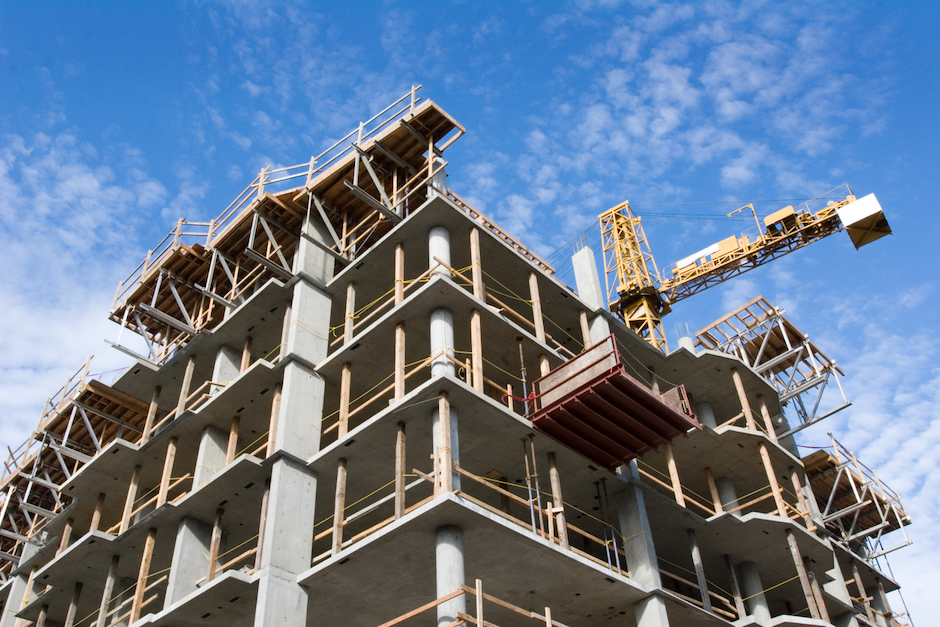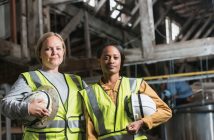Construction has long been plagued by a lack of collaboration and communication right along the supply chain, according to construction payment application firm Payapps

Over time, this leads to job fragmentation, inefficient contract approaches and disputes over claims.
Yet, construction companies that meet these challenges head-on by remaining agile, adapting faster and manage to reduce their cost base will see better productivity gains, leading to a greater competitive edge.
Through 2020, Covid-19 accelerated the much-needed changes in construction but what’s the long-term impact and what does a connected construction workplace of the future look like?
The construction ecosystem of the future will be highly standardised, consolidated—both vertically and horizontally—and integrated.
According to a global survey conducted by Payapps, in partnership with international research firm Frost & Sullivan, the top five shifts affecting the construction workplace of the future across New Zealand and Australia are:
Supply chain transformation: 55%
Real-time collaboration across the supply chain, coupled with the digitisation of products and processes, will only strengthen the relationship between head contractors and those they work with.
The construction industry itself is often highly fragmented, with workers, engineers and equipment being distributed across massive worksites, with plenty of offsite stakeholders to consider too. This is where digital tools come into their own.
It’s critical to choose construction software that complement each other within a best-of-breed ecosystem or synchronise with a centralised platform to ensure a single source of truth.
It’s also important to implement tools that are aligned to specific processes to ensure deadlines or requirements, such as compliance with state-based security of payment legislation, are adhered to and not impacted by bottlenecks or poor transparency across the supply chain.
New materials: 52%
Traditionally, construction has relied on easily accessible heavy-weight materials such as brick and concrete.
But as innovation comes to the sector, there’s a wider range of materials available that are helping to reduce build and transportation costs, give more versatility to the design, generally have lower lifecycle energy use, and allow for much faster construction.
Off-site construction and prefab: 42%
Similar to the benefits of newer, light-weight materials, pre-fabricated construction is finding it’s place in the new construction.
No longer thought of as cheap and nasty, this approach is transforming the speed, ease, and quality of new builds.
Importantly, portable construction not only means shorter construction time but provides a far more efficient worksite with less people, vehicles, noise and pollution that often distract from other work being done.
Employees and their needs: 42%
In the construction industry, more than 90 per cent of the general contractors are either private or family-owned businesses.
In the past five years, millennials have been taking over their family owned construction businesses. These new and young leaders are re-evaluating their IT priorities, driving technology updates and the construction management solutions uptick to drive efficiency and productivity.
Providing the millennial workforce with the necessary tools to manage construction information in a secure, reliable, and seamless way while collaborating with the various stakeholder groups involved in a project is top of mind for the management and IT decision makers in many construction firms.
In Australia and New Zealand, the biggest barrier to adoption is the shortage of technical skillsets amongst employees in construction companies to drive the digital transformation processes.
Major companies should prepare their existing workforce either to reskill or upskill that would help in retention of talent in the industry.
Sustainability driven changes: 41%
Construction firms are facing increased pressure to reduce their environmental impact.
As mentioned, materials and new construction processes are improving the carbon footprint of jobsites.
The perception that green buildings come with a higher cost may be true in some respects, but those costs are often off-set, for example, with energy-efficient vehicles or cheaper waste management charges.
Rising consumer demand for sustainable buildings could also help companies remain competitive; a greater perceived value in energy-efficient structures can be used to their advantage when bidding on works, again helping to offset increased prices during the construction phase.
The need to boost productivity, coupled with efforts to minimise project overruns and reduce poor communication along the supply chain, are top drivers for IT adoption.
The move towards digital transformation is inevitable for the building and construction industry and will influence the changing construction workplace as we know it.
However, the overall perception of key industry stakeholders on investment worthiness and readiness has to be addressed to enhance awareness and willingness to invest in the digital transformation journey.
Payapps bridges the gap between multiple organisations and stakeholders, by providing an easy-to-use, real-time status of progress claims. Developed specifically for the construction industry, it allows everyone to collaborate on a single platform, eliminating the need for endless spreadsheet reconciliations, email trails and phone calls.





